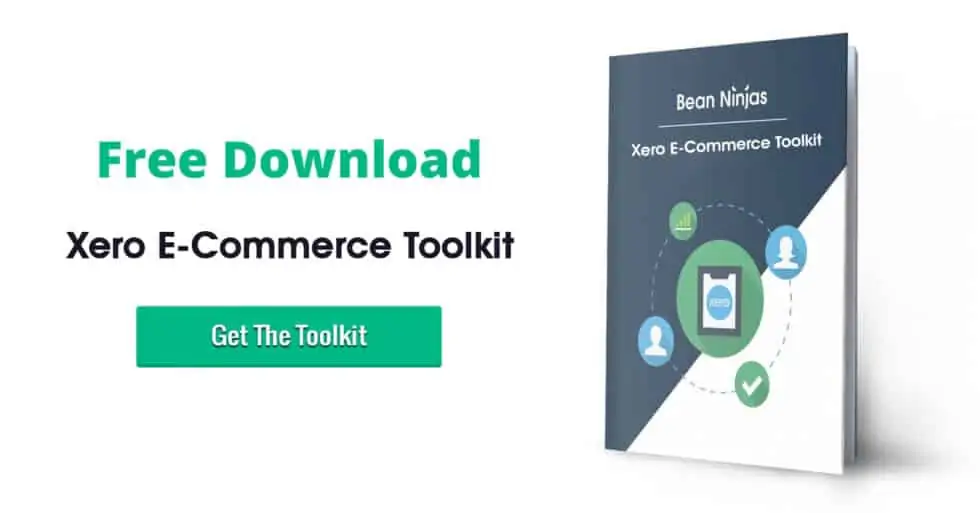How do you calculate your eCommerce profit margins? What’s a good profit margin benchmark, and how do you improve it?
Many eCommerce entrepreneurs obsess over top-line revenue when they should be obsessing over their profit margins.
Revenue is an indicator of total sales made, but profit focuses on what the business keeps.
It doesn’t matter how great your sales numbers are if you are losing money on each order.
Knowing your profit margins is key to staying in business for the long haul.
In this post, we’re going to share how you can calculate your profit margins as well as some strategies to improve profitability.
Article Contents
How do you calculate your eCommerce profit margins?
There are two profit-driven metrics that every eCommerce entrepreneur should track in their eCommerce financial reports and/or financial performance dashboard.
- Profit Margin
- Gross Margin
Your profit margins focus on how profitable your company is as a whole.
Here is how you can calculate your profit margins:
- Gross Profit / Revenue = Profit Margin
How do you calculate gross margin?
On the other hand, gross margin focuses on the markup for each product.
Here is how you can calculate gross margin:
- Sales – Cost of Goods Sold (i.e. COGS) / Sales
In essence, the higher your gross margins are, the more money your company is keeping for each product sold.
Pro Tip: It is possible to have negative gross margins. This means you are losing your money on each sale.
Want to improve your cash flow and get more confident with your numbers? Learn how to use Xero effectively for your eCommerce business with our free Xero toolkit. This includes our step-by-step guide to getting your Xero file in order, a Cashflow Forecast Template, and a Bookkeeping timetable template to help you stay on top of your finances & get current reporting. Download now.

What is the ideal gross margin for a six or seven-figure eCommerce business?
While this number will vary across sectors, a great gross margin is 45% for an eCommerce business.
Note: This number can be a lot lower for dropshippers and Amazon FBA sellers.
5 actionable strategies for improving your profit margins
1. Get clear on your most and least profitable products
If you aren’t calculating your margins across all of your products, this is a great place to start.
After all, how can you improve your store’s profitability if you don’t know where you are making the most money?
This starts by making sure your eCommerce books are up to date so that you have accurate records on sales and operating expenses. Then, you’ll want to calculate your gross profit as well as profit margins for each product you sell.
2. Reduce unnecessary operating expenses across the board
Besides knowing your numbers, another great strategy to implement across the board is to audit your expenses.
As your business grows, your expenses will grow alongside them. While many of these operating expenses are necessary to fuel growth, there are always things that you forgot to bought and/or don’t use anymore. These can add up to hundreds, if not thousands of dollars each month.
For example, here are some ways to reduce operating expenses.
- Cancel any recurring SaaS subscriptions you aren’t using anymore
- Check for any duplicate software
- Optimize your tax structure
- Sell any equipment that you no longer use
- Renegotiate for more favorable terms with suppliers
3. Create a strategy for improving profit margins for your least profitable products
There are only three ways you can improve the margins on your least profitable products:
- Increase revenue
- Cut expenses
- Discontinue the product
We won’t focus on discontinuing the product because that’s self-explanatory.
As for cutting expenses, we shared some general ideas on how to reduce expenses across the company. However, there are some things you can do that are product-specific. For example, you can renegotiate terms with your supplier as well as find ways to reduce costs on packaging and shipping fees.
The biggest wins will likely come from increasing sales and not cutting costs on these products.
For example, here are a few ways that you can increase revenue on these products:
- Raise your prices
- Bundle your least profitable products with high margin products through upsells, cross-sells, add-ons, etc.
- Diversify your sales channels
4. Maximize sales from your most profitable products
On the other hand, you also want to make sure you are getting the most bang for your buck with your most profitable products.
Pro Tip: Many people think that their most profitable products are the most expensive ones. However, that is often not the case.
Let’s take an example.
You have two products in your store.
One product sells for $100. When you factor in what you paid your supplier, shipping fees, custom packaging, credit card, and marketplace fees, your costs are $80.
And you have another product that is only $10, but your costs are only $2.
This means that you are only making $20 on that $100 – before any sales and marketing costs. And, on the $10 product, you are making $8 for each order.
This means it makes sense to double down on your more profitable $10 product.
Here are some ways to increase revenue, including:
- Increase marketing spend
- Improve customer lifetime value and customer retention
- Increase average order value – i.e. get them to spend more on each order through packages, bundles, upsells
5. Get better at inventory management
Another way to increase your margins is to become great at inventory management and forecasting.
This starts by paying attention to sales and profit numbers alongside demand trends.
Then, you can source your products strategically, so you don’t have to deal with either shortages when you experience a surge in orders or have tons of excess inventory collecting dust in a warehouse.
Pro Tip: We recommend using inventory management software, such as DEAR or Inventory Planner, instead of homemade spreadsheets.
Want help staying on top of your eCommerce business’ books? Schedule a free call to get more confident in your numbers and improve cash flow.




